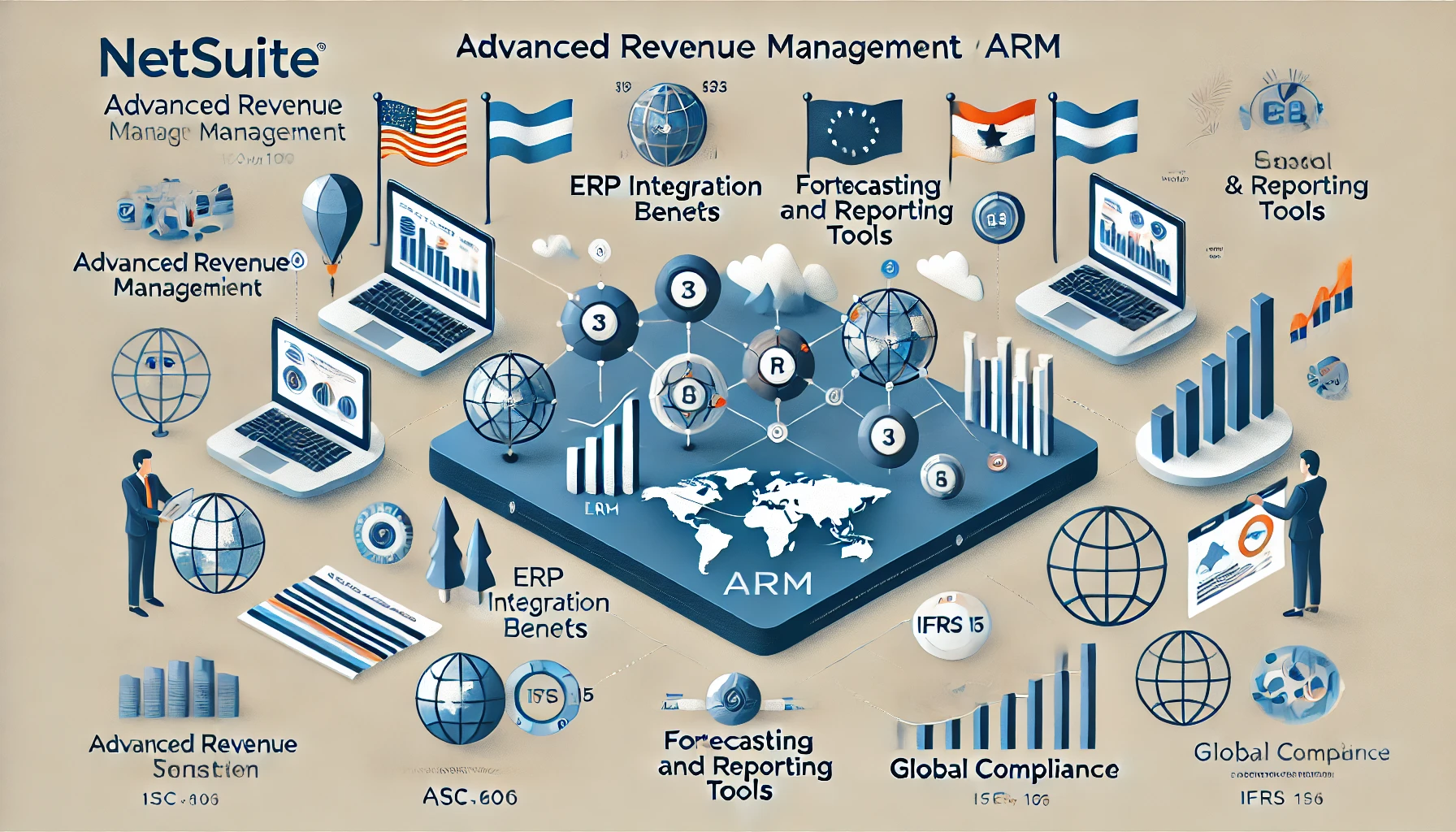Table of Contents
ToggleMastering NetSuite’s Grant Management Function: A Comprehensive Guide with NetSuite
Among the many ways nonprofits raise money are gifts from charitable people and organizations and fundraising activities. Grants are an additional source of funding that charities can use for their projects. That’s easier said than done, though. In addition to the sometimes-drawn-out application procedure, grantors frequently have criteria for project planning, predicted results, and financial tracking and reporting. This blog provides an overview of NetSuite’s Grant Management function and why is it important today for the non-profit organizations
Understanding Grant Management
Importance of Grant Management
Nonprofits depend on grants as one form of funding, albeit in different amounts, in order to fund and achieve their objectives. (Additional sources of funding include sales from nonprofit-sponsored gift shops and activities, charity contributions, and volunteer labor and supplies.) A local trails group is more likely to rely on a state transportation grant than a major metropolitan opera, which might rely on multiple modest grants for its student programs. However, grant management is essential to a grant’s successful completion regardless of the grant’s quantity or the size of the nonprofit receiving it.
Grant administration starts as soon as the nonprofit chooses to apply for funding. Writing the grant proposal, keeping in close contact with the funding agency during the project’s implementation, and maintaining accurate financial records are all necessary steps. The latter helps the nonprofit maintain compliance with the grant’s rules in addition to helping with a funder’s reporting needs. If this isn’t done, project reimbursements may be delayed or future financing chances may be compromised.
Key Stages in Grant Management Cycle
The grant management cycle consists of these stages:
- Pre-award: The nonprofit finds grant possibilities that correspond with its goals, investigates them, decides which to apply for, puts together a team, and submits a proposal.
- Award: The organization begins operations once the grantor signs (or perhaps negotiates) a document outlining the terms and conditions of the gift.
- Post-grant: The nonprofit finishes the work and submits the findings.

How to set up NetSuite’s Grant Management function
- Navigate to Grant Management > Grant > New in the NFP Financial Center.
- Give this grant a name by entering it in the Title area. In grant lists, the name you enter here is displayed.
- Here, you can provide a brief name or code; further details can be found in the Grant Description.
- If the grant is a subgrant or a smaller component of another grant, choose the bigger parent award from the Parent list.
- You can click New to create a new grant record in which you will be the parent if your role has the required permissions.
- In grant lists, the name of this grant appears after the parent grant and a colon if you pick a parent grant in this field.
- Put a description in the Grant Description field.
- This is where the grant’s complete name goes if you utilize codes for grant names.
- Choose the component supplying the grant’s funding from the Sponsor list.
- If required, you can click New to create a new constituent record if your role has the required rights.
- Choose the principal investigator by selecting them from the list.
- If required, you can select New to create a new employee record if your role has the required rights.
- Enter the total grant amount in the Total Amount column. For the sum, use the base currency of your subsidiary.
- Enter or choose the date when the grant goes into effect in the Start Date area.

Managing Grant Management Cycle in NetSuite
A spreadsheet or chart can be used by a nonprofit administering a single grant to manually track funds spent, adhere to deadlines, and provide reports. However, if a company expands and starts to get numerous grants, each with its own set of requirements, it ought to think about putting software in place to assist in automating the grant-management process.
A package of cloud software designed to help organizations of all sizes enhance operations and further their missions is available through NetSuite’s Social Impact initiative. Key performance indicators (KPIs), program tracking, accounting, reporting, financial segmentation, financial management, and CRM—also referred to as constituent relationship management in the nonprofit sector are among the features.
In order to keep all necessary data in a single, integrated system, NetSuite Nonprofit keeps track of all pertinent grant milestones. With the technology, charitable organizations may expedite all three stages of the grant administration life cycle, do away with manual labor, and increase visibility and cross-functional communication.
The life cycle of grant management is intricate. Using paper forms or Excel spreadsheets to manually search for and find funding opportunities, handle expenses, budgets, and reporting requirements, and more is not the best use of a charity management’s time. Nonprofits can automate and expedite many of the procedures required in all three phases of the grant management life cycle, from planning to final closeout, with the use of specialist software solutions. This gives management more time to work strategically to further their organizations’ mission and goals.



